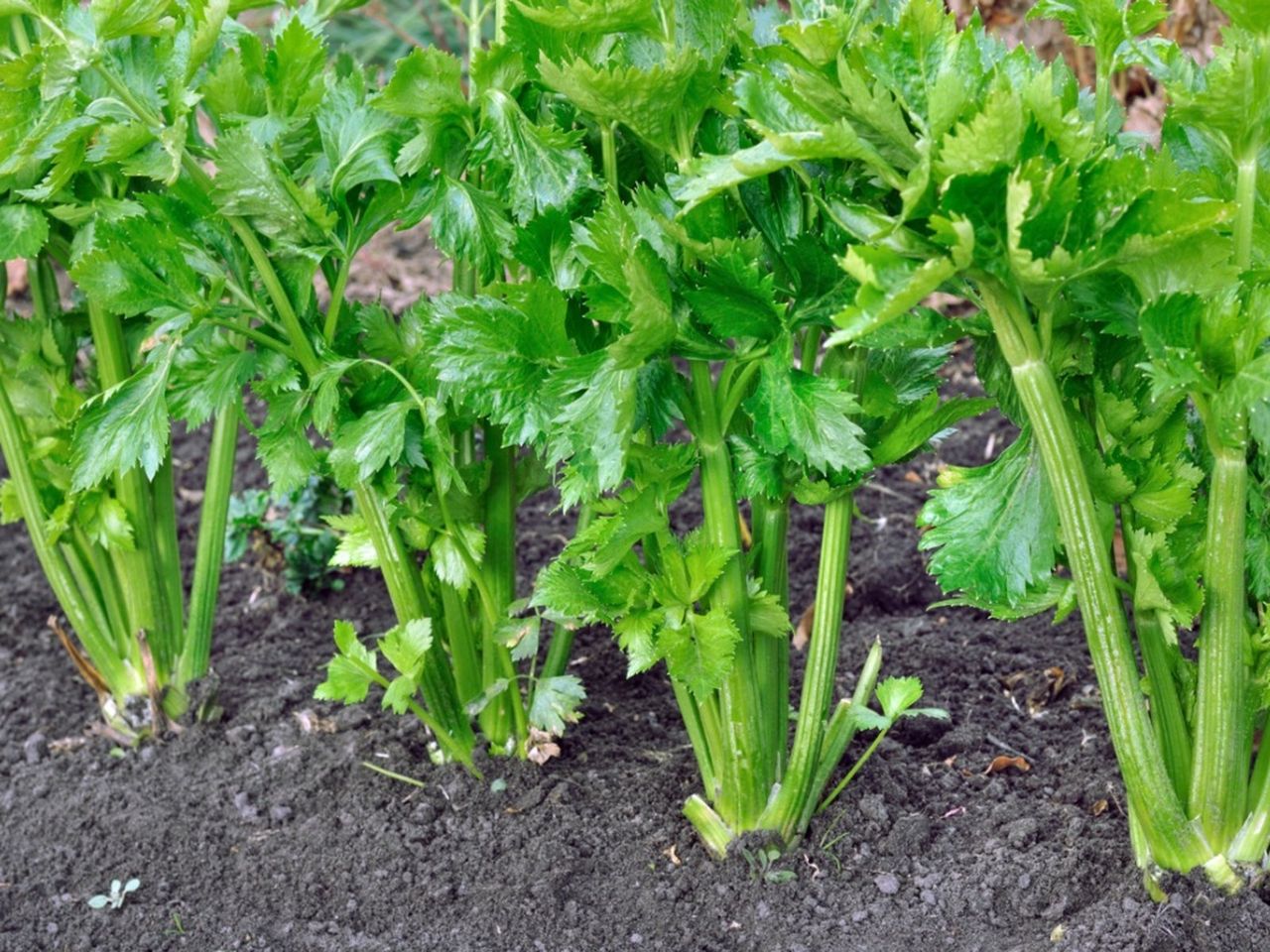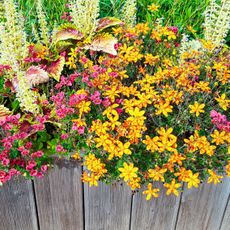Problems With Celery Plants: Reasons Why Celery Is Hollow

Celery is notorious for being a finicky plant to grow. First of all, celery takes a long time to mature -- up to 130-140 days. Of those 100+ days, you'll need primarily cool weather and plenty of water and fertilizer. Even with careful pampering, celery is prone to all sorts of conditions. A fairly common one is celery that is hollow. What causes hollow celery stalks and what other problems might you encounter with celery plants?
Why is My Celery Hollow Inside?
If you’ve ever bitten into a piece of celery, I’m sure you noticed its crisp texture and satisfying crunch. Water is the key element here, and boy, celery needs a lot of it! Celery roots are short reaching, only about 6-8 inches (15-20 cm.) away from the plant and 2-3 inches (5-7.5 cm.) deep. Since celery plants can’t reach out for water, water must be brought to it. Not only does the top part of the soil need to be moist, but those stubby roots need to have nutrients nearby as well. If celery plants are lacking water, the stalks get tough and stringy and/or the plant develops hollow celery stalks. The issue may be exacerbated by hot weather as celery doesn't enjoy hot spells. It thrives where winters are mild, summers are cool, or where there’s a long cool fall growing season. Celery that is hollow inside also may indicate insufficient nutrients. It's important to prepare the garden bed prior to planting celery. Incorporate large amounts of compost or animal manure along with some pre-planting fertilizer (one pound of 5-10-10 for each 30 square feet (9 m.)). While the plant is growing, continue to feed celery with an all-purpose liquid feed every two weeks.
How to Avoid Hollow Stalks
Problems with celery plants abound. Celery is a particular favorite of a plethora of insects including but not limited to:
- Snails
- Slugs
- Nematodes
- Wireworms
- Earwigs
- Aphids
- Leaf miner larvae
- Cabbage looper
- Carrot weevil
- Celery worm
- Blister beetle
- Tomato hornworms
As if all these uninvited dinner guests weren’t enough, celery is also susceptible to a number of diseases such as:
Damping off, bolting, and general malaise or death due to temperature fluxes can all be expected when growing celery. Celery is also prone to nutritional deficiencies such as blackheart calcium deficiency and magnesium deficiency. Because this veggie is so difficult to grow, proper preparation of the garden site is imperative. Celery takes a long time to come to fruition, so most people get a jump on the season and start seed inside 10-12 weeks prior to the last frost. Soak the seeds overnight to speed up germination. When plants are 2 inches (5 cm.) tall, transplant them to peat pots or a deeper flat with new soil. Transplant the plants two inches (5 cm.) apart. A week or two before the last frost date, when the plants are 4-6 inches (10-15 cm.) high, the transplants can be moved outside. Harden them off for a week to 10 days to allow them to acclimate to the spring weather before putting them in the previously amended garden, 8 inches (20 cm.) apart. Side dress the celery with 5-10-10 fertilizer or manure tea during the second and third month. Use 1 tablespoon (15 ml.) per plant, sprinkled 3-4 inches (7.5-10 cm.) away from the plant in a shallow furrow; cover with soil. If you use tea, continue to apply weekly as you water the plants. Lastly, water, water, water!
Gardening tips, videos, info and more delivered right to your inbox!
Sign up for the Gardening Know How newsletter today and receive a free download of our DIY eBook "Bring Your Garden Indoors: 13 DIY Projects For Fall And Winter".

Amy Grant has been gardening for 30 years and writing for 15. A professional chef and caterer, Amy's area of expertise is culinary gardening.
-
 Sow These 5 Flower Seeds Before Winter Ends For Gorgeous Spring Blooms
Sow These 5 Flower Seeds Before Winter Ends For Gorgeous Spring BloomsGet a headstart on a vibrant spring garden with these fast-growing flowers. Sow them in the cold winter months to ensure an abundance of early-season color.
By Melanie Griffiths
-
 Ultimate Raised Beds For Small Gardens: Try These 5 Raised Options For Compact Corners
Ultimate Raised Beds For Small Gardens: Try These 5 Raised Options For Compact CornersThe perfect raised beds for small gardens squeeze every bit of useful space out of the most productive corners. Here are some practical space-saving ideas you can try
By Mary Ellen Ellis